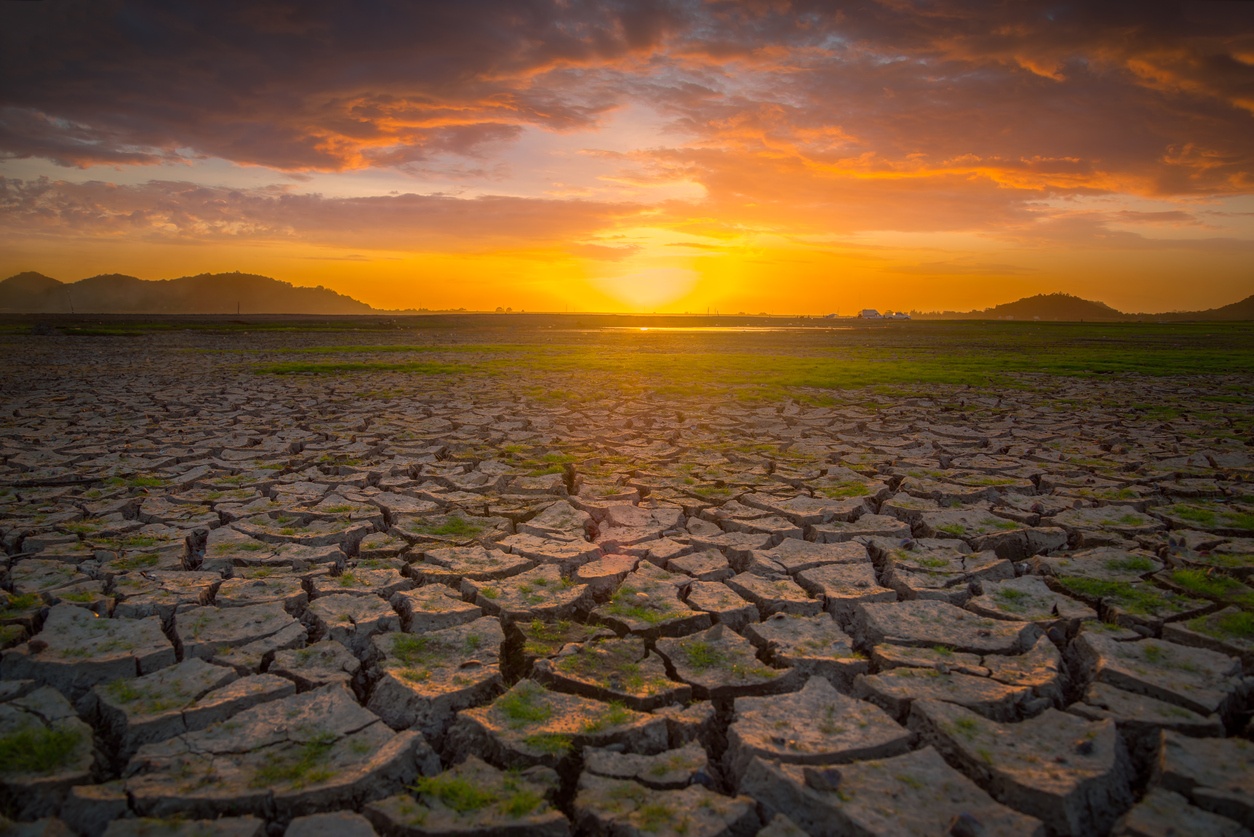
Getting thirsty on a hot summer day is a normal reaction. But dehydration can sneak up on you if you’re unusually busy or active, and don’t take a break to get some water.
Common Signs of Dehydration
Everyone is likely familiar with these warning signs of dehydration.
- Increased thirst or dry mouth
- Feeling more tired than usual
- Decreased urine output
- Urine is a darker color than normal
- Headache or dizziness
If you develop a headache, reach for a glass of water. It can be one of the first signs that your body needs to replenish fluids.
Uncommon Signs of Dehydration
- Bad breath: A dry mouth is caused by a lack of saliva, and saliva has antibacterial properties. A lack of moisture in the mouth can lead to bacteria building up – which in turn leads to bad-smelling breath.
- Dry skin: Extreme dehydration causes low blood volume, so instead of producing a lot of sweat, your skin dries out. This can decrease cooling, and the skin can get very red and flushed as a result.
- Skin turgor: Healthcare professionals assess the level of dehydration in a person by pinching the skin on the back of the hand, lower abdomen, or lower arm. In a dehydrated person, the skin returns to its normal shape very slowly. (Source)
- Muscle cramps: With dehydration comes a change in the body’s level of electrolytes, sodium, and potassium, which can make the muscles contract unexpectedly. In addition, heat itself causes the muscles to work harder, which can cause cramping as well.
- Fever and chills: Severe dehydration can also cause a body to develop a fever, which, if it goes over 101⁰F (38⁰C), can be dangerous. If the skin is hot and dry, plus you develop a chill, be sure to seek medical attention.
- Food cravings: When you are exercising, the body releases glycogens and other energy stores. Organs like the liver use water to release these stores. If you find yourself suddenly craving sweet foods, your body may be having trouble producing glycogens for energy. A quick snack like fruit will help boost the body’s water content as well as give you a sugar boost.
The quickest way to treat for dehydration is to replace lost fluids orally by drinking clear fluids including water, apple juice, a sports drink, or even having a popsicle. If a person is too dehydrated to take fluids by mouth, or is refusing to drink, intravenous fluid replacement is an option.
In EMS and nursing, a simulation scenario to assess for dehydration is a good classroom exercise. Teach proper administration of IV fluids with Demo Dose IV Bags.
Demo Dose is for educational use only, not for human or animal use.







